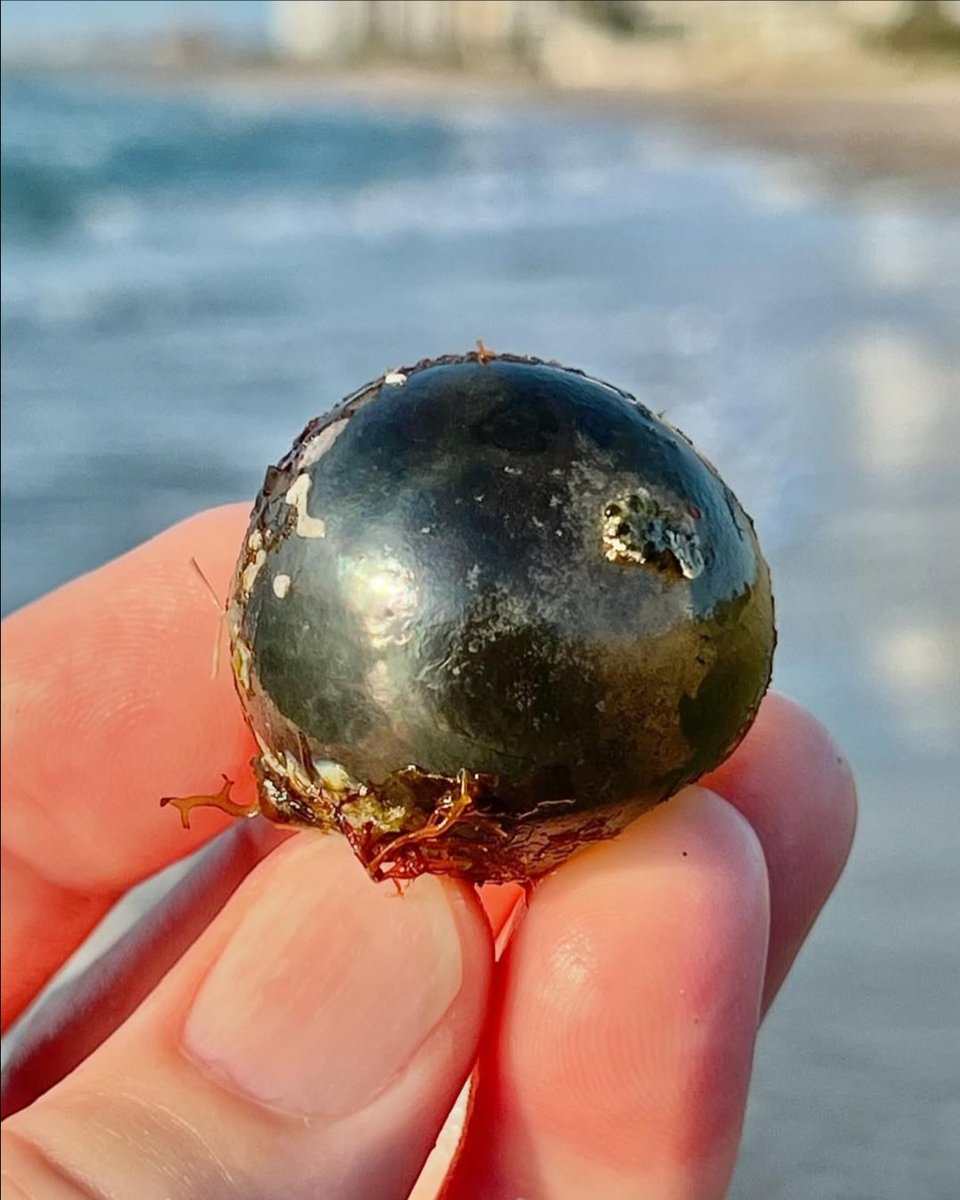[GUEST ACCESS MODE: Data is scrambled or limited to provide examples. Make requests using your API key to unlock full data. Check https://lunarcrush.ai/auth for authentication information.]  Global Statistics [@Globalstats11](/creator/twitter/Globalstats11) on x 158.7K followers Created: 2025-07-20 19:05:20 UTC For Those Curious Valonia ventricosa, commonly known as bubble algae or sailor's eyeballs, is one of the largest known unicellular organisms. Here's an overview based on available information: Appearance and Habitat: This algae species has a unique appearance, with a spherical to ovoid shape, ranging from X to X cm in diameter. It's found in tropical and subtropical marine environments worldwide, often growing on dead corals or among live coral branches. It can be solitary or occasionally in groups, appearing in intertidal to shallow subtidal zones. Biological Features: Despite being a single cell, it is coenocytic, meaning it contains multiple nuclei within one large cell. The cell wall is made of cellulose, and it has a shiny, translucent green appearance due to numerous chloroplasts. The cell structure includes a large central vacuole with cytoplasmic domains each containing a nucleus and chloroplasts. Reproduction: Valonia ventricosa reproduces through segregative cell division, where child cells are formed from the multinucleate parent cell, and new bubbles grow from rhizoids. Scientific Interest: Due to its large size for a unicellular organism, it has been extensively studied for its cell wall structure, ion transport, and electrical properties. It's also known for its ability to perform osmosis and diffusion, with research indicating its membranes do not have water-filled pores for solute passage. Cultural and Ecological Impact: While fascinating scientifically, it's considered a pest in marine aquariums because of its rapid reproduction rate, potentially threatening fish and other organisms. Cultural Names: It's known by various names like "sea pearl" or "sailor's eyeballs," reflecting its jewel-like appearance underwater. Valonia ventricosa stands out not only for its size but for its role in demonstrating the complexity possible within a single cell, offering insights into cellular biology, ecology, and the adaptive strategies of marine life. FYI, I focus on adding context to social media posts that often lack it. If you're interested in seeing posts with added clarity and background, consider following me.  XXXXXX engagements  **Related Topics** [bubble](/topic/bubble) [Post Link](https://x.com/Globalstats11/status/1947009952067063913)
[GUEST ACCESS MODE: Data is scrambled or limited to provide examples. Make requests using your API key to unlock full data. Check https://lunarcrush.ai/auth for authentication information.]
 Global Statistics @Globalstats11 on x 158.7K followers
Created: 2025-07-20 19:05:20 UTC
Global Statistics @Globalstats11 on x 158.7K followers
Created: 2025-07-20 19:05:20 UTC
For Those Curious
Valonia ventricosa, commonly known as bubble algae or sailor's eyeballs, is one of the largest known unicellular organisms. Here's an overview based on available information:
Appearance and Habitat: This algae species has a unique appearance, with a spherical to ovoid shape, ranging from X to X cm in diameter. It's found in tropical and subtropical marine environments worldwide, often growing on dead corals or among live coral branches. It can be solitary or occasionally in groups, appearing in intertidal to shallow subtidal zones.
Biological Features: Despite being a single cell, it is coenocytic, meaning it contains multiple nuclei within one large cell. The cell wall is made of cellulose, and it has a shiny, translucent green appearance due to numerous chloroplasts. The cell structure includes a large central vacuole with cytoplasmic domains each containing a nucleus and chloroplasts.
Reproduction: Valonia ventricosa reproduces through segregative cell division, where child cells are formed from the multinucleate parent cell, and new bubbles grow from rhizoids.
Scientific Interest: Due to its large size for a unicellular organism, it has been extensively studied for its cell wall structure, ion transport, and electrical properties. It's also known for its ability to perform osmosis and diffusion, with research indicating its membranes do not have water-filled pores for solute passage.
Cultural and Ecological Impact: While fascinating scientifically, it's considered a pest in marine aquariums because of its rapid reproduction rate, potentially threatening fish and other organisms.
Cultural Names: It's known by various names like "sea pearl" or "sailor's eyeballs," reflecting its jewel-like appearance underwater.
Valonia ventricosa stands out not only for its size but for its role in demonstrating the complexity possible within a single cell, offering insights into cellular biology, ecology, and the adaptive strategies of marine life.
FYI, I focus on adding context to social media posts that often lack it. If you're interested in seeing posts with added clarity and background, consider following me.

XXXXXX engagements
Related Topics bubble